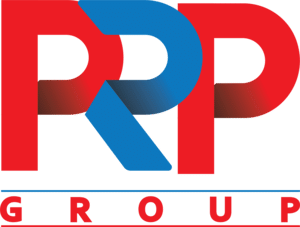Trust, Transparency & Tech: How PR is Powering New-Age Business Models

Talk about clickbait! Ever clicked on a news story headline only to discover the story was not what it promised? In today’s hyperconnected reality, trust is what pays for attention—and PR is the currency. It’s not enough anymore to give out shiny soundbites. New economy business models require something more: crystal clear transparency wrapped in cutting edge tech, all supported by a storytelling engine that sounds real, not made up.
Transparency, which was once a buzzword, is now a competitive edge. Customers are not content with fancy logos and glossy ad campaigns. They demand proof. They demand real-time dashboards of carbon footprints. They demand live Q&As with CEOs about quarterly glitches. PR, equipped with technology, can do just that. Social listening tools mark potential issues. Chatbots respond to FAQs at 2 a.m. Interactive infographics make tedious data into bite-sized narratives.
Why is this important? Because new economy businesses—consider platform economies, subscription models and remote workforces—live or die on reputation. One misstep can be bounced around the world in milliseconds. A botched customer service issue can fall through a gap in the PR net and blow up on social streams. But a fast, honest response can turn critics into champions. It’s crisis management dressed up as an open-door policy.
Here’s an anecdote: a health tech startup released a sleep apnea wearable. Early adopters experienced strange sensor bugs at altitude. Rather than covering up the criticism, PR executives owned it and delivered a public roadmap of firmware updates. The next patch rolled out, and those same adopters tweeted rave reviews with hearteye emojis. By taking ownership of the story—warts and all—the company increased pre orders by 30%. Evidence that transparency isn’t merely a moral high road; it also pays.
Tech gadgets are PR’s new best friends. AI assists in fashioning individualized pitches that sound like a delightful letter from a trusted former colleague. Data analysis locates the micro influencers whose sub 1% engagement trumps celebrity plugs any day of the week. Augmented reality immersion allows journalists to “step inside” a factory floor or product lab. Press kits have become interactive web apps. The common thread? Making stakeholders feel they’re part of an emerging story, not mere spectators.
Of course, it doesn’t all happen instantly. It requires a cultural change. Leadership has to believe that owning up to mistakes doesn’t ruin a brand—it makes it human. PR departments require technical skills to use dashboards, chatbots and interactive content. And everyone, right down to the intern and right up to the CEO, has to be speaking the same brand truth. When technology enables transparency and PR incorporates engaging stories, the outcome is a cycle of virtue: trust leads to engagement, engagement leads to loyalty, and loyalty drives growth.
In a noisy marketplace, trust, transparency and tech are a trifecta that raises PR from publicity to true partnership. Companies that excel at this won’t simply make headlines. They’ll win hearts—and create legacies that transcend any momentary fad. So, the next time a new model comes out in shiny new packaging, ask yourself: Can it hold up? If PR’s done its job, you’ll have your answer.
